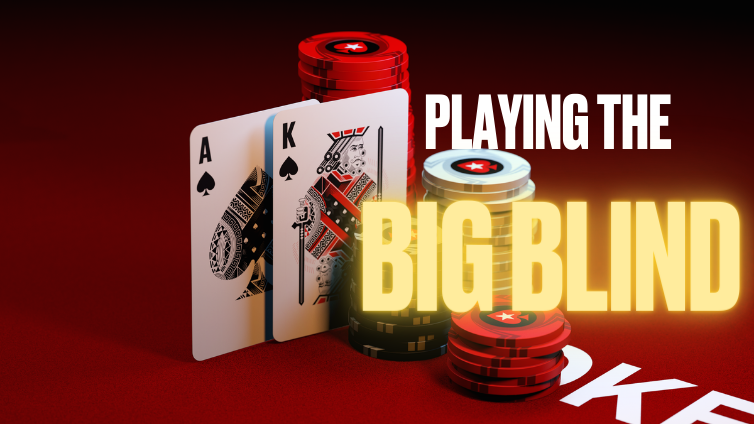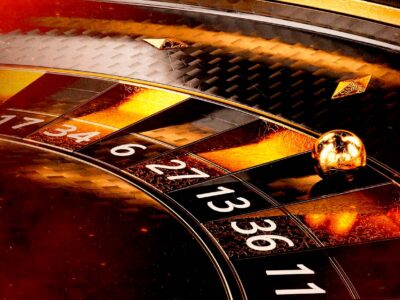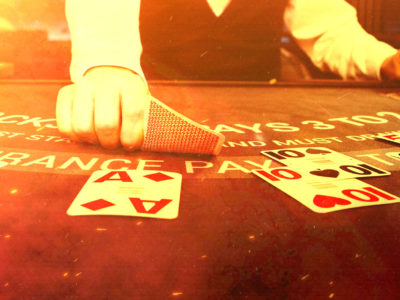Every time the button moves one seat around a poker table, its two moons — the big blind and the small blind — move with it. While we anticipate with glee the arrival of the button, and the positional advantage it brings, we are rightfully wary of the blinds. They force us to put money in a pot before we’ve even seen our cards, and we’re sitting in the worst two positions to ever win it back.
It often feels like it’s money just tossed away — especially the big blind, which is typically double its smaller neighbour.
But there’s no use getting angry about the existence of the big blind in poker. It’s simply one of those tools that help the game work as well as it does, and it’s completely fair to everyone. Instead, as you’re figuring out how to play poker to the best of your abilities, you need to focus on this part of your all-round strategy; you need to work out what to do and what not to do when you’re in the big blind.
Thankfully, plenty of top-level poker brains have spent many hours, and many dollars, figuring out the best big blind poker strategy. Firstly, we’ll list are a few things every poker player needs to remember about playing in the big blind. Secondly, we can look at some strategy articles that explain how playing from the blind might change depending on the game you’re in, and the situation at the table. Just as in all poker games, there are tons of variables to consider and tons of options to weigh up. We’ll list a few of them.
SOME COMMON BIG BLIND MISTAKES
Don’t get too attached…
As soon as you’ve posted the big blind, as is required by the rules of the game every single orbit, the money is no longer yours. It doesn’t matter whether you’re playing a cash game or a tournament, live or online poker, once the chips have left your stack and been placed across the line, they’re now part of the pot. So when someone else raises, they’re not attacking you; they’re not making a deliberate play for your money. Don’t be tempted to make reckless plays in the big blind because you feel victimised, or because you can’t handle the prospect of surrendering without a fight. If you defend your big blind all the time, with questionable holdings or without a clear plan, you will probably end up throwing away even more money.
…but don’t overfold either
As stated above, once the big blind is out of the your stack, it is no longer your money. You don’t have any more right to it than any other player. But as long as you still have cards in your hand, you have the prospect of winning it back. Remember, the only sure-fire way of losing the pot is by folding. Good players will notice if an opponent folds too often, particularly pre-flop, and they will often target these spots, knowing they will often be able to pick up free chips. So you also need to be prepared to make a stand: take a flop if you think your hand has potential or stick in a re-raise if you think your opponent is playing too loose.
Remember who is in
It is crucial to be observant from every seat at a poker table, but this is even more important if you’re considering playing from the blinds. You’ll be in a terrible position post-flop, acting before almost everybody else, so you really need to make sure you know exactly how many opponents you are potentially playing. There’s nothing worse than sitting in the big blind and seeing the player on the button raise, thinking they’re making a steal. You then decide to three-bet with a marginal holding before you suddenly hear “all-in” from the player to your left. You might have missed the player under the gun limping in. Before you commit any chips to the pot, make sure you have everyone else accounted for.
WHAT THE PROS SAY
As you’ll probably know by now, PokerStars School is one of the best resources out there for all online poker players. There are pages and pages of strategy advice, plus video courses and quizzes, plus a buzzing discussion community for players of all standards. It follows that searching PokerStars School for articles about playing in the big blind brings up plenty of content.
Defending Your Big Blind is the starting point for any new players figuring out their early strategies. “One of the most damaging leaks that an inexperienced player can suffer from is being too tight from the Big Blind,” states ace poker trainer Pete Clarke, before going on to explain how to remedy this.
Clarke follows the same theme in an article titled “3 Tips for Defending Your Blinds“, highlighting again how players might want to loosen their hand requirements for playing from the big blind, transitioning from a very tight approach to a slightly more situation dependant strategy. “Transitioning from a solid beginner to an intermediate player is all about understanding when to leave the safety net of ‘tight is right’,” Clarke writes. “Blind defence in late position battles is one of the first areas in which you should look to do this.”
Most discussions about big blind play tend to focus on heads-up pots, where the big blind player is facing a solitary raise, but Dave Roemer adds some analysis on what to do when numerous players enter the pot. That article is called “Defending the Big Blind Multi-Way“.
Strategies obviously shift for all aspects of play when there are fewer players at the table, or when a structure is particularly unusual. In PokerStars’ popular Spin & Go’s, for instance, you face a maximum of three players in a hyper-turbo, short-stacked structure, where the winner takes all. You’ll be in the big blind one in three hands, and the blind might represent a high portion of your stack, so “Defending the Big Blind in Spin & Go’s” demands its own video tutorial from Spin Specialist James Mackenzie, of OP Poker.
Grand Tour is another specialist pursuit. It’s a series of short-handed games where the winner progresses, building a personal bounty en route to the finish line. It shares many attributes with Spin & Go’s but Pete Clarke took a very close look at playing the big blind in Grand Tour in four articles:
Early Game Play: Defending the Big Blind
Playing the Big Blind vs. Limps
Big Blind vs. Small Blind – Calling Strategy
Big Blind Heads Up Strategy – Facing the Shove
In recent years, many operators have started to introduce big blind ante structures for many tournaments. In these games, the player in the big blind also pays the ante for the rest of the table, making that one seat particularly expensive. No doubt the strategy writers will be with us shortly for updates on how the big blind ante affects play. But for the time being, just review all that above and enjoy.
Back to TopView Other Blogs




















